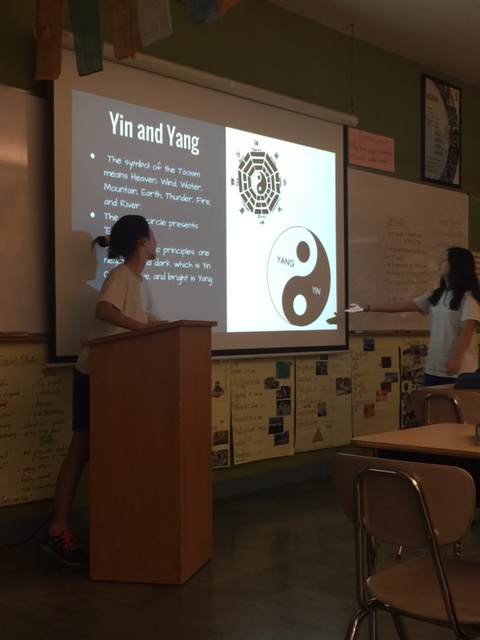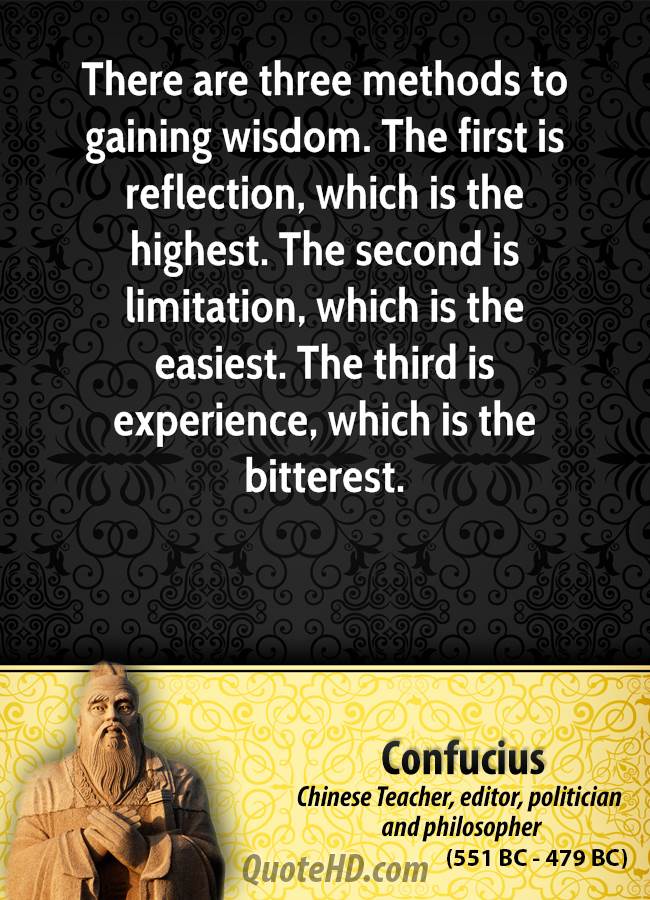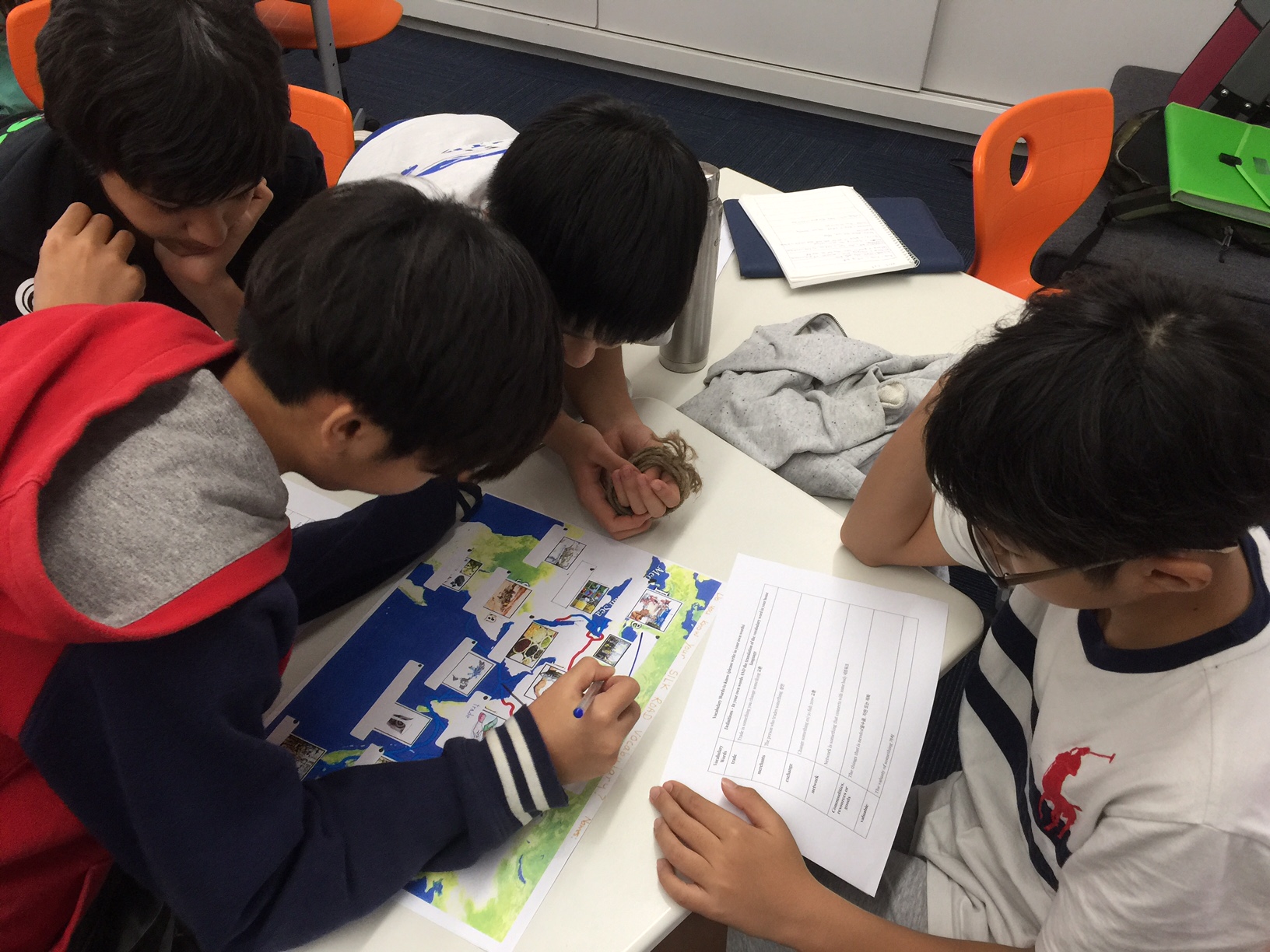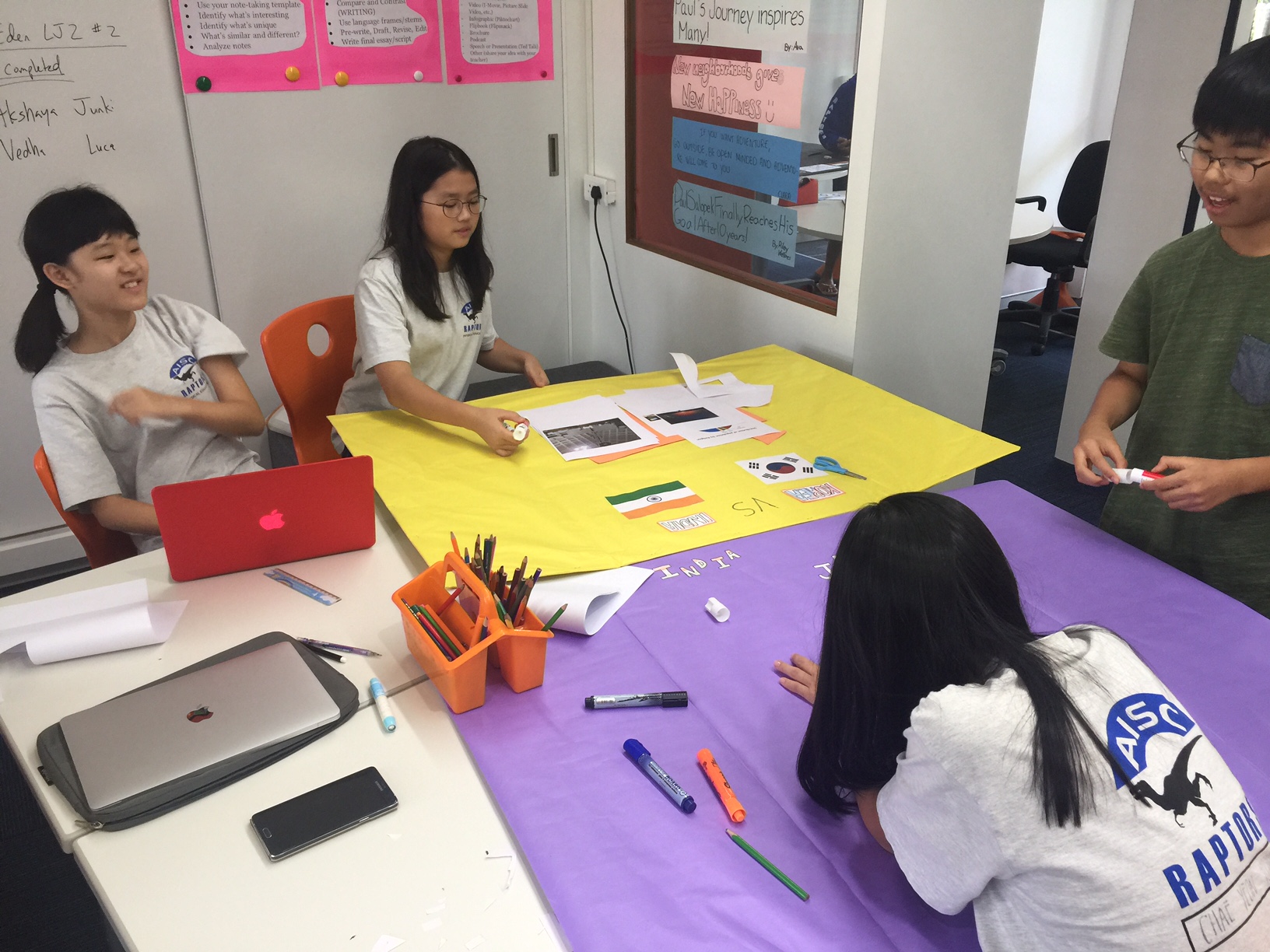Vox Atlas: China’s Belt and Road Initiative
27 NovChina’s Belt and Road Initiative is the most ambitious infrastructure project in modern history. It spans over 60 countries and will cost over a trillion dollars. The plan is to make it easier for the world to trade with China, by funding roads, railways, pipelines, and other infrastructure projects in Asia and Africa. China is loaning trillions of dollars to any country that’s willing to participate and it’s been a big hit with the less democratic countries in the region. This makes the BRI a risky plan as well. But China is pushing forward because its goals are not strictly economic, they’re also geopolitical. This video is a fascinating one and a nice connection to lessons related to trade and globalization.
This week in Social Studies…
30 MarThis week we completed our “Meeting our Needs” unit where we learned about how empires in the ancient world traded surpluses to get goods, resources, or products that were scarce in their civilization. We used the Silk Road as a case study and drew connections to trade, tariffs, and globalization in today’s world. If you have been watching or paying attention to the news lately, these are really hot topics. They are always important topics to nations around the world. We end our unit with a reflection on what we have learned (I used to think, now I think…) and a fun scavenger hunt to see how many items we could find in our own homes that were produced in other countries. My hope is that you learned that not everything is ‘Made in China.” I also hope you might take a quick look at the labels on things you purchase in the future. Have a great week, and get ready for Out of Eden #3, Learning from other Generations.
Why does the Silk Road Matter Today – Watch this video!
Paraphrase Protocol:




International Sam!



Varnika and Ahmet model the Paraphrase Protocol (What is Snapchat?)

Your task: Find as many products or goods in your house that were produced in other countries. Which class can find the most countries?

B block – 28 countries

D block – 40 Countries

F block – 67 countries – WOW!

H Block – 55 Countries

Counting the countries

F block found the most countries and generated the longest list of countries where things were produced. Not everything is ‘Made in China’ as some of you might think. :>)

Final reflection for our unit (Meeting our Needs), a Visible Thinking Routine. Students will write this in their e-portfolio.
Globalization – What is it?
14 Mar
What is globalization? Is the Silk Road an example of globalization?
Silk and the Silk Road Resources
20 Feb
History.com
The Silk Road was a network of trade routes connecting China and the Far East with the Middle East and Europe. Although it’s been nearly 600 years since the Silk Road has been used for international trade, the routes had a lasting impact on commerce, culture and history that resonates even today. Read this article on History.com.
Silk production, or sericulture, is the nearly 5000 year old process that supplies the world with its most prized threads.
Paul Salopek has spent many months walking through the ancient Silk Road region of Central Asia. He has written a nice article about it HERE (CLICK LINK). Read his article and watch the longer video on his blog post.
The Week in Social Studies
15 FebPhotos by Rob Martin
This week we learned more about the Silk Road and how it is was not just one road, but many interconnecting routes – a network – that connected China, the Indian Subcontinent, Arabia, the Horn of Africa, Persia and the Roman Empire. We worked on our ability to summarize the main idea of a text or listening passage, as well as defined vocabulary related to our current unit. Our essential question is: Which three factors of the Silk Road had the greatest influence on trade, and why? Here are some class photos of students collaborating to review vocabulary.
We also began a new Learning Journey for Out of Eden Learn, The Past and the Global. We have new schools in our walking party and you wrote footstep #1, an introduction to your walking party. All posts should now be on Out of Eden. Please read and comment on other posts in our walking party and respond to any questions you are asked.
Check out this really cool feature on Out of Eden Walk on Paul’s walk through the Silk Road. It features photos, videos, maps and much more! If you use Instagram, you will like the photos on Out of Eden Walk.
Have a good weekend!
https://www.instagram.com/p/BaUzraVgSIk/?taken-by=outofedenwalk
Everyday Borders and Barriers
6 FebI preparation for our next unit (Meeting our Needs), we will focus on ancient China, it’s geography, and the Silk Roads. What barriers led to China being an isolated country?
Take a slow walk around our school. As you walk, ask yourself:
-
What kinds of borders and barriers do you notice?
-
How is your movement restricted or prevented?
-
Are there any ‘invisible’ borders: places where not everyone feels able to go even if there is not a sign blocking their entry?
-
Are there places where you don’t feel welcome or don’t like to go.
Photograph borders or barriers that you notice around our school campus.
Student photos (Google Slides) – Click LINK











Final Projects – Comparing Places
3 MayStudents have been working very hard for several weeks now for our comparing places project. Students chose either China or India to compare with a country of their choice. Focusing on the physical and cultural geography and characteristics of their two places, they conducted research, evaluated resources, developed note-taking skills, and learned academic vocabulary and comparative language. They wrote an essay comparing and contrasting their two places, as well as learned how to cite their sources using an MLA format. Their final step is to create a visual product (video, poster, slide show, etc.) demonstrating the highlights of their two places and how they are unique. Final products are due this week. Next week on Monday and Tuesday, students will share their learning.
What is climate?
4 Feb
What is climate? How is climate different than weather? You will be researching the climate of your country for your project. These videos could be helpful.
The New Silk Road & Globalization
15 Dec
These videos make connections between the ancient Silk Road network and the New Silk Road routes that China and other countries are developing today.
Why are they developing these ancient routes today?
Is the ancient Silk Road an example of globalization?
Should the ancient Silk Road be renamed?
The Silk Roads (Videos)
5 Dec
The legacy of Ancient China: Chinese silk was important in opening trade routes to the west. The trade routes stretched westward from China through central Asia to Mesopotamia and Europe. I have included several videos which tell the history of the Silk Roads, as well as talk about the Silk Roads today. Watch a video and comment about three things you learned about the Silk Roads from one or more of these videos.
Archaeologists Uncover Another Branch of the Silk Road
29 MarFamous for facilitating an incredible exchange of culture and goods between the East and the West, the ancient Silk Road is thought to have meandered across long horizontal distances in mountain foothills and the lowlands of the Gobi Desert. But new archaeological evidence hidden in a lofty tomb reveals that it also ventured into the high altitudes of Tibet—a previously unknown arm of the trade route. Read this Scientific American article to learn more about this discovery.

SOURCE: “EARLIEST TEA AS EVIDENCE FOR ONE BRANCH OF THE SILK ROAD ACROSS THE TIBETAN PLATEAU,” BY HOUYUAN LU ET AL., IN SCIENTIFIC REPORTS, VOL. 6, ARTICLE NO. 18955; JANUARY 7, 2016; Map by Mapping Specialists
The Field Museum’s China Exhibit
22 Mar
If you happen to be visiting the U.S. this summer and are near Chicago, you should visit the Field Museum. I just learned about their new exhibit on Shi Huang Di, China’s first emperor and the terracotta warriors. You can see this exhibit until January 2017. If you cannot visit it, check out their website which has a lot of cool images and facts. Check it out!
The Silk Roads
18 Mar


In class, we finished our ancient China unit by learning about the Silk Road. The Silk Road was a network of trade routes, formally established during the Han Dynasty of China, which linked the regions of the ancient world in commerce. As the Silk Road was not a single thoroughfare from east to west, the term ‘Silk Routes’ has become increasingly favored by historians, though ‘Silk Road’ is the more common and recognized name. The greatest value of the Silk Road was the exchange of culture. Art, religion, philosophy, technology, language, science, architecture, and every other element of civilization was exchanged through the Silk Road along with the commercial goods the merchants carried from country to country. Here is a playlist I created that features some interesting videos on the these amazing routes.
Qin Dynasty, Terracotta Warriors and Great Wall of China
12 MarHere are some more videos related to our current lessons. I have included the TED-Ed video that we used for our Zaption activity. Enjoy!
Friday Quotes & Round-Up
11 Mar
Great quotes

See – Think – Wonder

Mr. M got his cast off on Thursday, March 10. Three more weeks in the “moon” boot.





![dr-suess-quotes[5]](https://martinhumanities.files.wordpress.com/2016/03/dr-suess-quotes5.png)

Nice work from Madhulka on Do Now #15

It has been a great week of learning. Students finished presenting their projects on Chinese philosophies, we learned about China’s first major emperor Shi Huang Di and the Qin dynasty, and we used Zaption for the first time. Expect to see more Zaption activities this year, as we think it’s a useful tool to introduce and review topics we are learning, as well as to develop listening comprehension skills. Students continued to develop thinking routines through ‘See, Think, and Wonder’ activities (Shi Huang Di’s ‘silent army,’ the Terracotta Warriors). Finally, students began learning journey #2 for Out of Eden Learn. Have a great weekend!
Ancient China Playlist
5 MarThis playlist includes several helpful videos that cover some of the things we are currently learning in our ancient China unit. Enjoy!
China Presentations
2 MarStudents have been working on a research project for our ancient China unit, focusing on one of the major Chinese philosophies (Legalism, Confucianism, or Daoism/Taoism) or one of two dynasties (Shang/Zhou). Here are some photos….more will be added later.










News: The country with the worst air pollution
23 Feb
Image source: Greenpeace – screenshot from Washington Post article, Feb. 23. 2016
It’s a never-ending debate in Asia — whose air quality is worse, China’s or India’s? Read this article to find out the answer. This map is an example of a thematic map, a map that includes particular information about a place or region…in this case pollution in Asia.
Daoism and Legalism
22 Feb

Laozi
Legalism and Daoism (Taosim) are two other Chinese philosophies we are currently studying in lesson 2. Here is a playlist of some helpful videos that will give you an overview of their basic beliefs.
Confucius and Confucianism
22 Feb



In our ancient China unit (lesson 2), you are learning about Confucius. A simple Google search will lead you to many quotes by him. Here are some good ones to consider or reflect on. The following playlist also includes some good information about his life, his teachings, and why they are important today.
Ancient China…Isolated?
18 Feb“China is isolated by barriers.”
In class this week, we learned how ancient China was isolated by barrier – deserts, seas, mountain ranges – and how it developed a unique culture. It made the spread of goods or ideas to China (until the Silk Roads) challenging too. In class you learned what barriers and isolated mean, while making a human map to show how China is isolated.
This is a nice video which talks about the upsides (or good things) about being an isolated civilization. It uses Egyptians, the Mayans, and the Japanese civilizations as examples. However, many of the same things can be found in ancient China too.
Geography of China
9 Feb“China is a sleeping giant. Let her sleep, for when she wakes, she will shake the world.” – Napoleon Bonaparte
This week we being our next unit on ancient Asia, China. Over the next few weeks we will learn about many new things about ancient China using our historical themes, or what we often call GRAPES. We begin by learning more about China’s geography. See Do Now #13!
What are the physical features of China? Use your textbook, library books in the classroom, the maps below, and the videos to help create a list of the features and what makes China unique. The British Museum also has an excellent link on geography in China (Story – Explore – Challenge).























Recent Comments